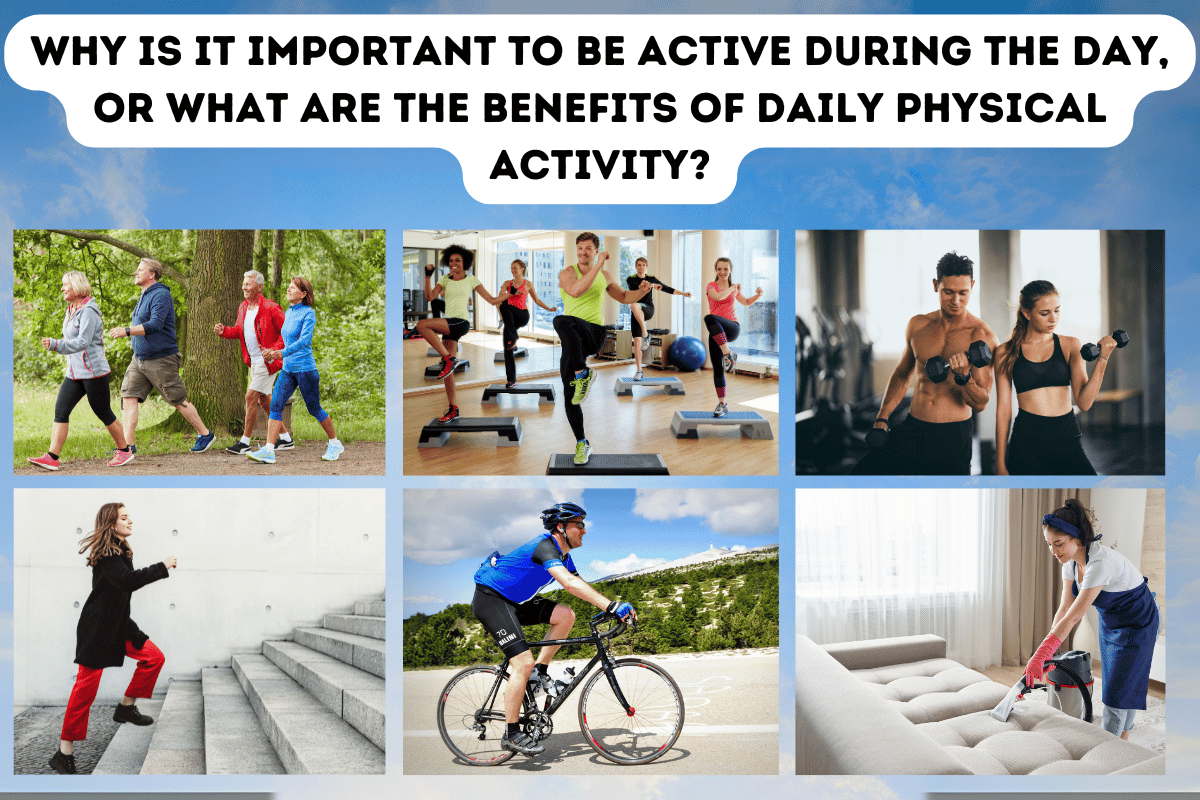To reduce body fat, we need to have an energy intake that is less than our energy expenditure. In other words, we need to burn more calories than we consume. Physical activity includes exercise and general activities, which are the main factors that influence energy expenditure. Increased energy expenditure through physical activity combined with reduced calorie intake from food can help create the energy deficit required for weight loss. Also, physical activity has many other benefits, such as helping reduce stress and anxiety, improving sleep, helping to lower blood sugar levels, making our bones stronger, normalising our blood pressure and helping to reduce the risk of developing heart disease. In this article, we will look at the benefits of physical activity, recommendations for physical activity, cardio and resistance training, and what is the best exercise for fat loss.
According to the Department of Health, it is recommended to have about 150 minutes of moderate or 75 minutes of vigorous activity per week to reduce health risks. Vigorous activities include running, circuit training, and cycling; Moderate activities include brisk walking, wlaking the stairs, gardening or cleaning the hose. Being active during the day would give you such benefits as:
- Improved mental health. Regular exercise can help reduce stress and anxiety and encourage better sleep.
- Better blood sugar levels. Physical activity promotes healthy blood sugar levels to prevent or control diabetes.
- Stronger bones. Physical activity promotes bone density to protect against osteoporosis.
- Weight management. Physical activity, in combination with a balanced diet, helps maintain a healthy weight. More in my other article: “The secret of all diets, or what is a calorie deficit”.
- Self-confidence. Physical activity boosts self-confidence and helps prevent depression.
- Improved immune system. Physical activity boosts the immune system.
- Improved blood pressure. Physical activity lowers high blood pressure, reducing the risk of developing heart disease.
- Improved cholesterol levels. Physical activity increases HDL or “good” cholesterol levels, thus reducing the risk of developing heart disease. More about cholesterol in my article: “All you need to know about cholesterol”.
What are daily physical activities?
When I say physical activities, I don’t mean just exercising in the gym. Simple everyday activities like walking, taking the stairs, gardening or housework are also very beneficial for losing weight. These everyday activities are especially helpful for overweight, obese and unfit people because, for them, these activities are more achievable and manageable. The inference between exercising hard in the gym and doing simple everyday activities is that in the gym, you burn more calories in less time.
However, it doesn’t mean you can burn more calories in the gym than during physical activities. According to Stan Efferding’s (The founder of the vertical diet) formula, 70% of our energy needs go on resting metabolic rate (RMR), another 10% go on digestion, 15% of our energy needs would go on our daily physical activities, and just 5% we are burning by going to the gym. This formula shows how daily activities are essential for fat loss. More about this concept read in my article: “How to eat, train and recover according to the Vertical Diet”. Below are some examples of how you can become more physically active:
- Walking instead of driving or taking the bus, eventually aiming to achieve 10,000 steps a day.
- Cycling to school, college or work instead of using a car.
- Use stairs instead of a lift.
- Joining any type of dance class such as salsa, ballroom, line dancing or aerobics.
- Check out the local leisure facilities for swimming, sports clubs, classes, and gym instruction.
- Cleaning your house more often, gardening.
What exercise is the best for fat loss?
First of all, the truth is that all type of activities can help you lose fat. The best exercise to lose weight is the one you enjoy the most and can do regularly. You might find a scientific study that says running is the best exercise for fat loss, but if you hate running and never do it, you will not burn much fat! Otherwise, walking is the least intense activity, meaning the overall number of kcal burned will be less than the other activities. But if you can do it regularly (aiming to achieve 10,000 steps a day), it will help you to burn fat.
As to cardio training, the best cardio is HIIT training (High Intencity Interval Training). One of the most significant advantages of HIIT is that you can burn more calories in minimal time. A 10–30-minute HIIT workout can help you burn the same number of calories as in 1h of steady-state cardio. Moreover, HIIT training can help you burn calories even after you’re done exercising. Like with resistance training, due to the intensity of the workout, HIIT can elevate your RMR (Resting Metabolic rate) for hours after exercise.
The most significant benefit of resistance training for fat loss is that it increases your resting metabolic rate (RMR), and you burn more calories at rest when you have already left the gym. Also, the more muscles you have, the more energy and nutrients they need. Increased muscle size will increase your RMR as well.
So, the best exercise for fat loss is a combination of cardio (especially HIIT training) and resistance training. The best cardio and resistance training exercises are those you enjoy the most and can do regularly. Also, to achieve your weight loss goals, don’t forget about calorie deficit.
You can read more about the best exercise for weight loss in my article “What is the best exercise for weight loss?”. Also, you can read in more detail about calorie deficit here: “The secret of all diets, or what is a calorie deficit?”.
Conclusion
Now, let’s recap all the key points from this article:
- The Department of Health recommends 150 minutes of moderate cardio exercises or 75 minutes of vigorous activity per week to reduce health risks. Exercises like running, circuit training, and cycling are vigorous activities, and brisk walking, swimming, and daily activities are moderate activities.
- The benefits of physical activities are improved mental health, healthy blood sugar levels, bone density, healthy weight, self-confidence, a better immune system, lower blood pressure, reduced risk of heart disease, and increased HDL (good cholesterol).
- One of the best ways to increase physical activity is to walk instead of driving or taking the bus (aim to achieve 10,000 steps a day), cycle to school, college, or work instead of using a car, use stairs instead of a lift, clean your house more often, and garden.
- The best exercise for fat loss is a combination of cardio (especially HIIT training) and resistance training. The best cardio and resistance training exercises are those you enjoy the most and can do regularly. Also, to achieve your weight loss goals, don’t forget about calorie deficit.




